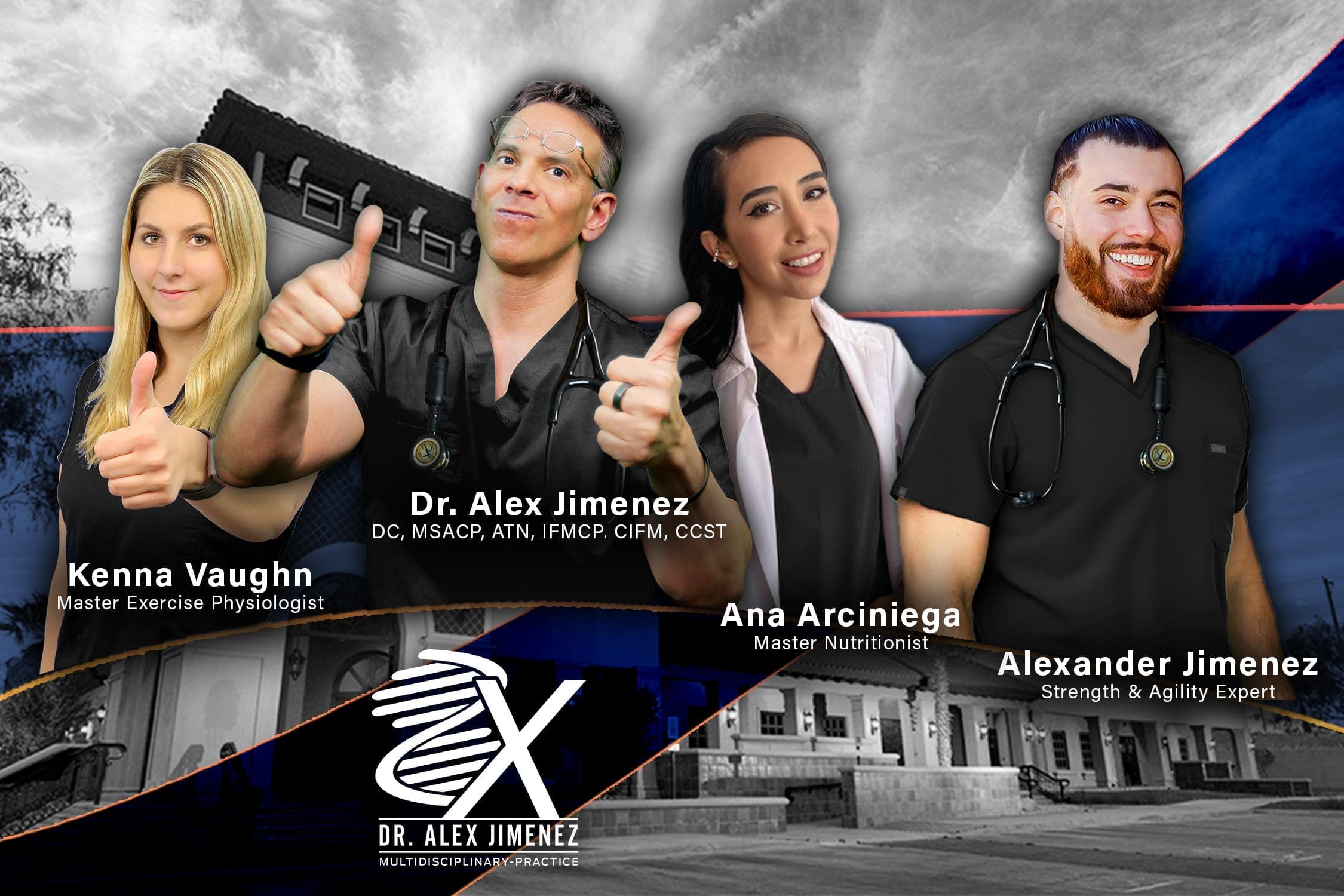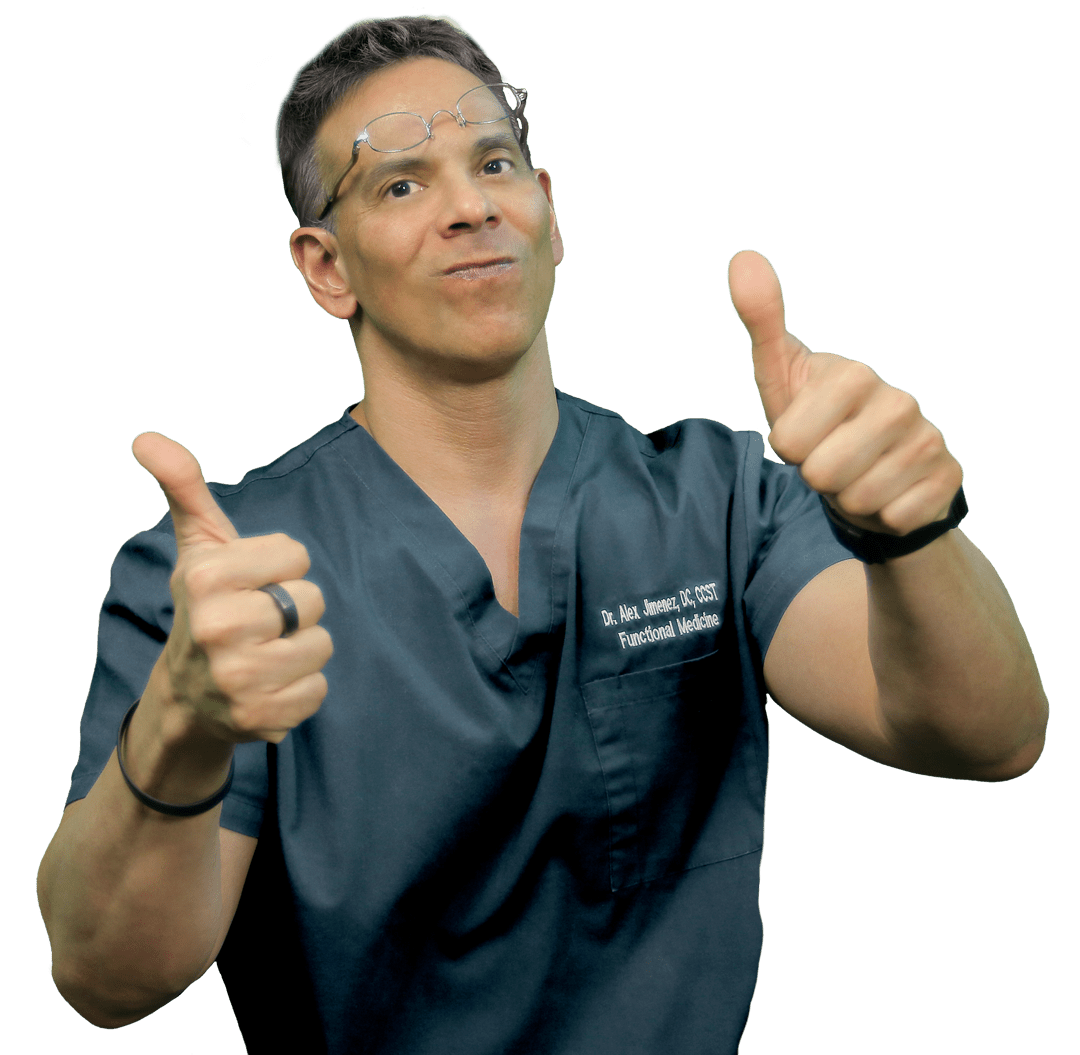Table of Contents
The Biomechanics of MVA and Workplace Injuries — How Chiropractic Science and Integrative Care Restore Function

Introduction: The Overlooked Connection Between MVAs and Work Injuries
Motor vehicle accidents (MVAs) are biomechanical trauma events that can produce complex musculoskeletal disruptions. Workplace injuries, though often more gradual or repetitive in onset, can share the same injury pathways — altered joint mechanics, soft tissue microtrauma, and nerve interference.
When the two overlap, the result is often chronic pain syndromes and reduced functional capacity. From a clinical perspective, this is because post-MVA structural changes can magnify biomechanical stressors in the workplace.
Scientific chiropractic care addresses these underlying dysfunctions by restoring alignment, optimizing movement patterns, and improving neuromuscular coordination. Integrative therapies — massage, physiotherapy, acupuncture, and functional rehabilitation — extend these benefits by addressing tissue health, circulation, and systemic recovery (Accident & Injury Chiropractic, n.d.).
Biomechanical Damage from MVAs: Beyond the Obvious Injuries
While fractures and lacerations are straightforward diagnoses, much of the biomechanical harm from MVAs is subclinical — meaning not immediately visible in imaging or orthopedic tests.
Research in chiropractic biomechanics shows that whiplash and impact forces can:
- Alter spinal curvature, especially in the cervical and lumbar regions.
- Create segmental hypomobility — restricted joint motion between vertebrae.
- Trigger proprioceptive deficits, leading to impaired balance and muscle coordination.
- Initiate soft tissue fibrosis, which decreases tissue elasticity and increases mechanical stress.
These biomechanical impairments may resolve partially on their own, but residual dysfunction can remain for years, particularly if not addressed with corrective manual therapy (Dr. Malone, n.d.).
Why Past MVAs Increase Workplace Injury Risk
From a kinematic perspective, the workplace imposes repetitive stress patterns — prolonged sitting, lifting, twisting, and overhead reaching. If the body’s kinetic chain is already altered from an MVA, these demands can accelerate tissue breakdown.
For example:
- A desk worker with a forward head posture from whiplash will experience amplified cervical disc compression while typing.
- A manual laborer with unresolved lumbar instability post-MVA will experience higher shear forces on spinal discs during lifting.
Dr. Alexander Jimenez, DC, APRN, FNP-BC, integrates biomechanical analysis into his dual-scope evaluations, often identifying compensatory movement patterns that explain why a patient’s workplace pain persists despite rest or standard care (Premiere Chiropractic, n.d.).
The Chiropractic Scientist’s Role: Evidence-Based, Dual-Scope Care
Dr. Jimenez’s approach embodies scientifically informed chiropractic care, supported by his training as both a chiropractor and nurse practitioner. This dual-scope capability enables:
- Advanced Diagnostics: Use of imaging and orthopedic/neurological testing to localize dysfunction.
- Precision Adjustments: Corrective manipulations that restore segmental mobility without overstressing injured tissues.
- Functional Rehabilitation: Exercise programming to recondition the neuromuscular system for workplace resilience.
- Legal-Medical Integration: Documentation that correlates clinical findings with injury causation for personal injury cases.
By combining chiropractic science with medical evaluation, his protocols address both structural integrity and functional performance (Jimenez, n.d.).
Manual Spinal Adjustments: Restoring Kinematic Balance
From a biomechanical standpoint, joint misalignment alters load distribution through the spine. This not only irritates surrounding neural structures but also changes the firing patterns of stabilizing muscles.
Evidence shows that chiropractic adjustments:
- Normalize joint motion and reduce segmental restrictions.
- Reduce nociceptive signaling from irritated joint capsules.
- Improve reflexive muscle activation for better posture control.
For MVA survivors working in physically or ergonomically stressful jobs, these corrections can significantly reduce pain recurrence (Denver Chiropractic, n.d.).
Soft Tissue Rehabilitation: Restoring Tissue Mechanics
Muscles, tendons, and ligaments bear the brunt of MVA forces. Without targeted intervention, scar tissue formation can limit their elasticity and tensile strength.
Dr. Jimenez employs rehabilitation exercises and soft tissue therapy to:
- Restore tissue pliability and circulation.
- Improve length-tension relationships in muscles.
- Enhance load tolerance for repetitive work movements.
This approach not only accelerates post-MVA recovery but also increases workplace injury resistance (Dallas Accident & Injury Rehab, n.d.).
Massage Therapy: Modulating Soft Tissue Load and Recovery
Massage therapy in a chiropractic science framework isn’t just for relaxation — it’s a biomechanical intervention. It:
- Reduces intramuscular adhesions that restrict movement.
- Modulates neuromuscular tone to optimize joint function.
- Improves local circulation for nutrient delivery and waste removal.
When integrated with adjustments, it helps normalize load distribution across the musculoskeletal system (Sante PDX, n.d.).
Acupuncture and Systemic Healing in Chiropractic Care
While acupuncture is rooted in Eastern medicine, it has measurable effects on neuromodulation and inflammatory mediators. In post-MVA/work injury patients, it:
- Decreases peripheral and central sensitization of pain pathways.
- Enhances microcirculation in injured tissues.
- Promotes parasympathetic activation for systemic recovery.
This complements the mechanical corrections of chiropractic care (Silverman Care, n.d.).
Documentation and Causation: The Forensic Side of Chiropractic Science
For personal injury claims, correlating biomechanical injury mechanisms with current impairments is essential. Dr. Jimenez’s legal-medical reports integrate:
- Kinematic analysis of the injury event.
- Objective measures of mobility, strength, and posture.
- Prognostic expectations based on tissue healing timelines.
This ensures both optimal patient recovery and accurate injury representation in legal proceedings (Function First Indy, n.d.).
Conclusion: Merging Science, Clinical Skill, and Integrative Recovery
MVA injuries and workplace injuries intersect at the biomechanical and neuromuscular levels. Without correction, these compounded dysfunctions can lead to chronic pain and decreased work capacity.
Through chiropractic science, evidence-based manual therapy, and integrative care, Dr. Alexander Jimenez provides a comprehensive approach that restores structural alignment, improves tissue mechanics, and enhances functional capacity — allowing patients to recover fully and prevent recurrence.
References
Accident & Injury Chiropractic. (n.d.). Preventing workplace injuries: The role of chiropractic care.
Dallas Accident & Injury Rehab. (n.d.). How chiropractic care supports work injury recovery.
Denver Chiropractic. (n.d.). 9 ways chiropractic care can speed up healing for car accident back injuries.
Dr. Malone. (n.d.). The essential role of chiropractic care after an auto accident.
Function First Indy. (n.d.). Finding relief and recovery: How chiropractic care can help personal injury.
Jimenez, A. (n.d.). Dr. Alex Jimenez DC, APRN, FNP-BC.
Premiere Chiropractic. (n.d.). Auto accidents and work injuries.
Sante PDX. (n.d.). Massage helps you recover from MVA injuries.
Silverman Care. (n.d.). Holistic healing for car accident injuries with chiropractic care.
Post Disclaimer
Professional Scope of Practice *
The information herein on "Biomechanical Injury Rehabilitation Therapy for Pain Relief" is not intended to replace a one-on-one relationship with a qualified health care professional or licensed physician and is not medical advice. We encourage you to make healthcare decisions based on your research and partnership with a qualified healthcare professional.
Blog Information & Scope Discussions
Welcome to El Paso's Premier Wellness, Personal Injury Care Clinic & Wellness Blog, where Dr. Alex Jimenez, DC, FNP-C, a Multi-State board-certified Family Practice Nurse Practitioner (FNP-BC) and Chiropractor (DC), presents insights on how our multidisciplinary team is dedicated to holistic healing and personalized care. Our practice aligns with evidence-based treatment protocols inspired by integrative medicine principles, similar to those found on this site and our family practice-based chiromed.com site, focusing on restoring health naturally for patients of all ages.
Our areas of multidisciplinary practice include Wellness & Nutrition, Chronic Pain, Personal Injury, Auto Accident Care, Work Injuries, Back Injury, Low Back Pain, Neck Pain, Migraine Headaches, Sports Injuries, Severe Sciatica, Scoliosis, Complex Herniated Discs, Fibromyalgia, Chronic Pain, Complex Injuries, Stress Management, Functional Medicine Treatments, and in-scope care protocols.
Our information scope is multidisciplinary, focusing on musculoskeletal and physical medicine, wellness, contributing etiological viscerosomatic disturbances within clinical presentations, associated somato-visceral reflex clinical dynamics, subluxation complexes, sensitive health issues, and functional medicine articles, topics, and discussions.
We provide and present clinical collaboration with specialists from various disciplines. Each specialist is governed by their professional scope of practice and their jurisdiction of licensure. We use functional health & wellness protocols to treat and support care for musculoskeletal injuries or disorders.
Our videos, posts, topics, and insights address clinical matters and issues that are directly or indirectly related to our clinical scope of practice.
Our office has made a reasonable effort to provide supportive citations and has identified relevant research studies that support our posts. We provide copies of supporting research studies upon request to regulatory boards and the public.
We understand that we cover matters that require an additional explanation of how they may assist in a particular care plan or treatment protocol; therefore, to discuss the subject matter above further, please feel free to ask Dr. Alex Jimenez, DC, APRN, FNP-BC, or contact us at 915-850-0900.
We are here to help you and your family.
Blessings
Dr. Alex Jimenez DC, MSACP, APRN, FNP-BC*, CCST, IFMCP, CFMP, ATN
email: coach@elpasofunctionalmedicine.com
Multidisciplinary Licensing & Board Certifications:
Licensed as a Doctor of Chiropractic (DC) in Texas & New Mexico*
Texas DC License #: TX5807, Verified: TX5807
New Mexico DC License #: NM-DC2182, Verified: NM-DC2182
Multi-State Advanced Practice Registered Nurse (APRN*) in Texas & Multi-States
Multistate Compact APRN License by Endorsement (42 States)
Texas APRN License #: 1191402, Verified: 1191402 *
Florida APRN License #: 11043890, Verified: APRN11043890 *
License Verification Link: Nursys License Verifier
* Prescriptive Authority Authorized
ANCC FNP-BC: Board Certified Nurse Practitioner*
Compact Status: Multi-State License: Authorized to Practice in 40 States*
Graduate with Honors: ICHS: MSN-FNP (Family Nurse Practitioner Program)
Degree Granted. Master's in Family Practice MSN Diploma (Cum Laude)
Dr. Alex Jimenez, DC, APRN, FNP-BC*, CFMP, IFMCP, ATN, CCST
My Digital Business Card
RN: Registered Nurse
APRNP: Advanced Practice Registered Nurse
FNP: Family Practice Specialization
DC: Doctor of Chiropractic
CFMP: Certified Functional Medicine Provider
MSN-FNP: Master of Science in Family Practice Medicine
MSACP: Master of Science in Advanced Clinical Practice
IFMCP: Institute of Functional Medicine
CCST: Certified Chiropractic Spinal Trauma
ATN: Advanced Translational Neutrogenomics





 Again, We Welcome You.
Again, We Welcome You.
Comments are closed.